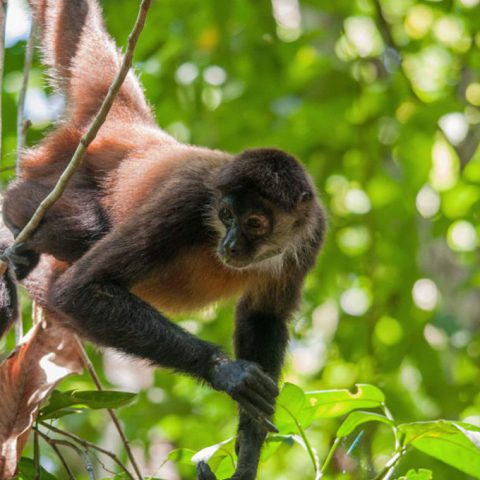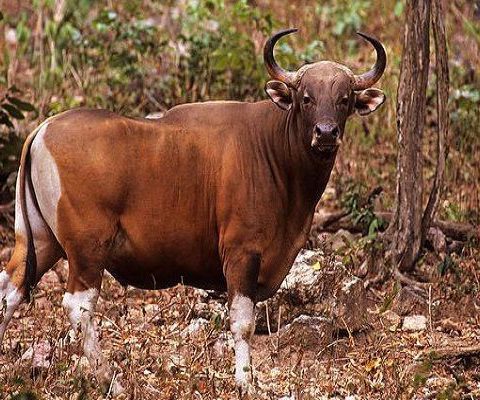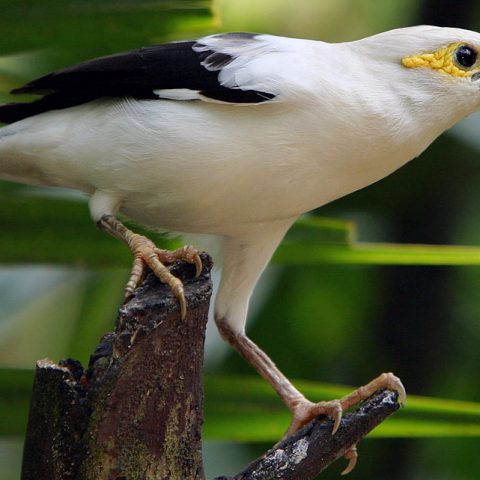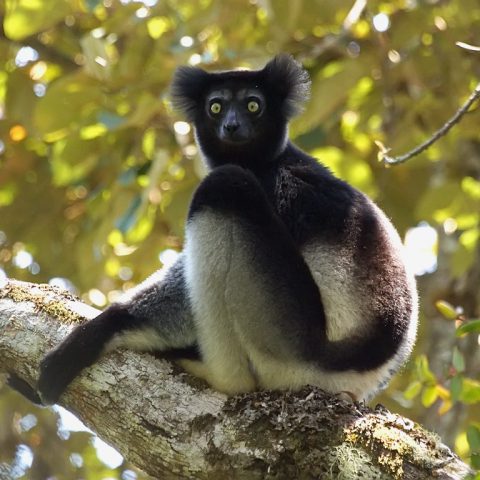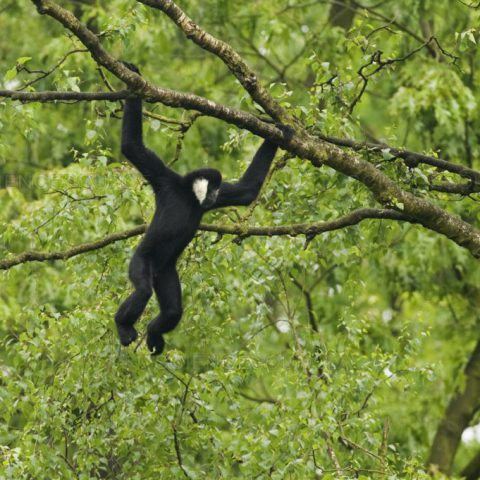Golden Mantella Frog
![]() Critically Endangered
Critically Endangered
Population
The current population of the Golden Mantella is not numerically defined, however it is very abundant in its localised area, but the species has very small ranges of distribution
Size
The species is 20 to 26 millimetres in size
Weight
Less than 1 gram
Countries
Madagascar
Distribution
The Golden Mantella is distributed around the town of Moramanga in three distinct areas:
- Torotorofotsy Wetland
- Ambohibary Commune
- Beparasy Commune
Description
The Golden Mantella is coloured in very vibrant fashion with colours that are yellow, orange and generally are of the one colour for its whole body. The bright colours warn predators of the animals high levels of poison.
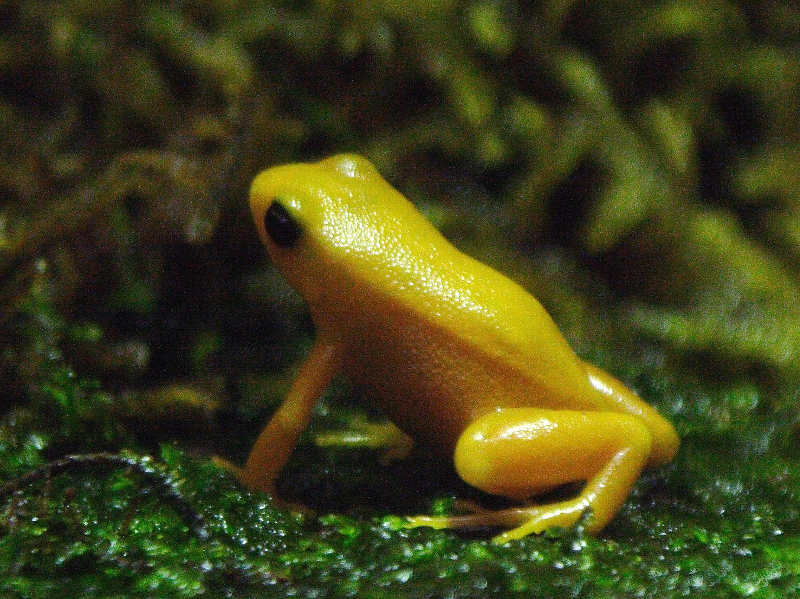

Quick Facts
Key behaviour of the Golden Mantella includes:
- The species is highly seasonal and is very inactive during the winter months between May and October
- The species emerges when the temperatures warm and the rains arrive
- Males make mating calls from concealed places near water sources
- Once breeding occurs (via the male dragging himself over the female), eggs are laid on a moist leaf on land near water and then rain will generally wash the tadpoles into the water source
The diet of the Golden Mantella includes:
- Mites
- Ants
- Flies
- Collembolans
This diet allows and helps the frogs to derive the toxin in their skin.
The Golden Mantella lives in Upland wet swamp forests.
The main threats that face the Golden Mantella is the really limited distribution and habitat of the species. On top of this, the species is often capture and sold as part of the illegal pet trade.
Conservation Efforts
There are many small conservation efforts within Madagascar that help protect this critically endangered species via protecting the 10 square kilometre range of the species from being damaged, polluted and from poachers trying to collect and sell the species which have greatly reduced the illegal pet trade of the species.



